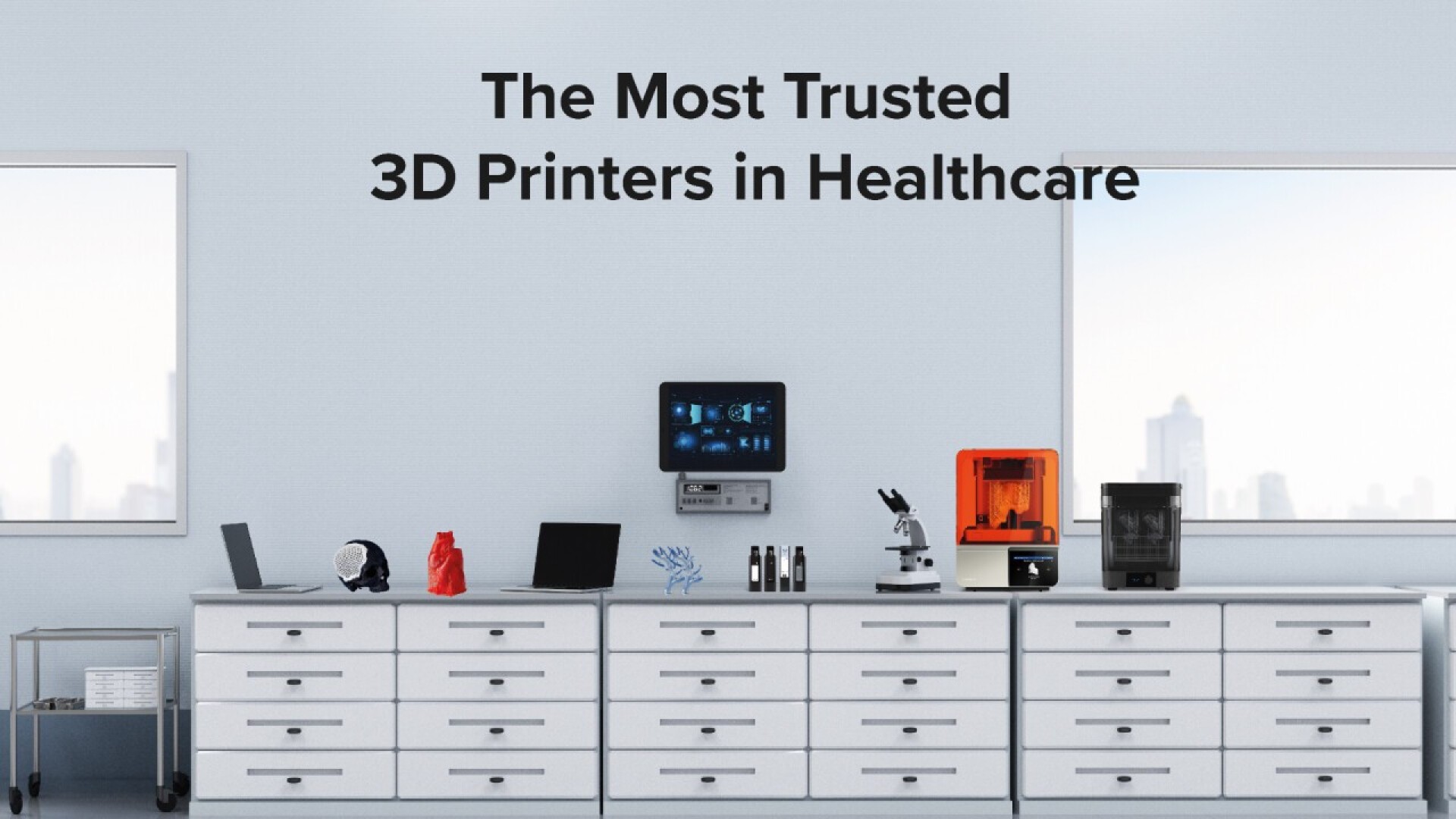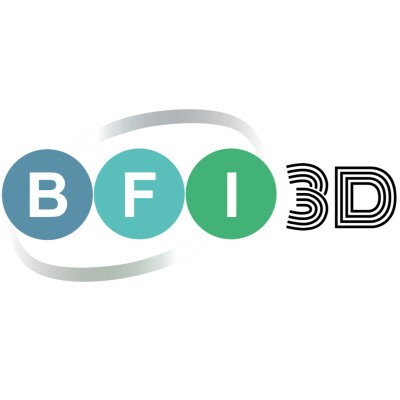More success with 3D printing of medical products
Formlabs 3D printers are used in the healthcare sector for various applications, from prototype development to the manufacture of end products. In this article, we take a closer look at some of these applications.
Formlabs: 3D printing in the healthcare sector
Formlabs 3D printers are used in the healthcare sector for various applications, from prototype development to the manufacture of end products.

Advantages:
- Faster product development: 3D printing allows prototypes to be produced and tested quickly and easily, so products can be brought to market faster.
- Lower costs: 3D printing can reduce production costs as complex geometries can be produced without expensive moulds.
- Greater flexibility: 3D printing enables the production of customised products and small batches that are not possible with traditional manufacturing methods.
- Improved patient care: 3D printing can be used to produce patient-specific implants and medical devices that can improve treatment outcomes.
Case studies:
VO2 Master Health Sensors: the company used a 3D SLA printer from Formlabs to develop a small, lightweight VO2 analyser without the need for bulky equipment. (Tough 1500 Resin was used for this)

restor3d: This company uses 3D printing to produce procedure-specific surgical instruments that reduce supply chain and sterilisation costs for hospitals.

Coalesce Product Development: This company uses 3D printing to develop and test inhalers and other medical devices.

Formlabs offers a range of 3D printers and materials suitable for healthcare applications. The company also has a team of application specialists who can help customers choose the right technology for their needs.

Conclusion:
Formlabs 3D printers are a powerful tool that can be used to improve product development, reduce costs and improve patient care in healthcare.


